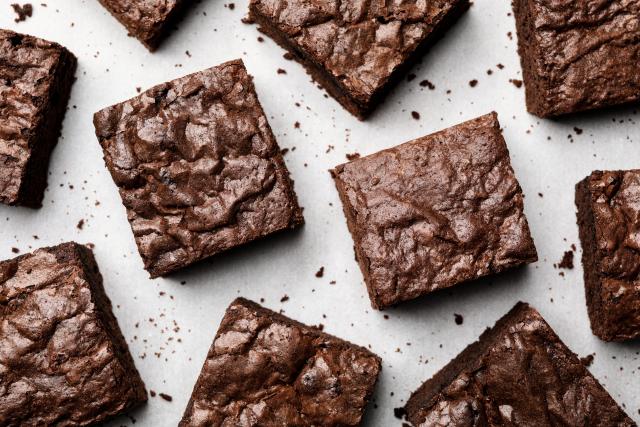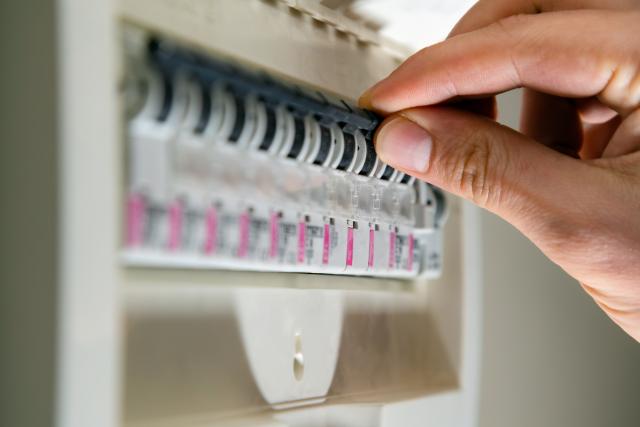Helen Grimaux has had a 40-year love affair with France and, specifically, Marseille.
Why Marseille? Maybe because it’s France’s second city – and Paris is a hard act to follow.
Marseille is older, but not colder, maybe not as chic, but it’s more culturally colourful than its more famous sister.
Coming from Melbourne, I feel an immediate affinity with Marseille. They’re both second cities and southern ports with temperate climates. Their names start with M and have nine letters. We’re both multicultural, we love the beach and live music – and we love food.
Pardon my French
I suspect the people of Marseille know a bit more about us than we know about them.
Melbourne is well known in Marseille as a sports city, especially by the tennis and golf-mad people of this capital of Provence.
They’re also soccer-mad, rugby-mad, they love sailing and fishing, and they love camping and barbecues.
Both cities are mad fans of cooking shows and talent quests; thus our entree into Eurovision (
RockWiz and Julia Zemiro have done seriously well for brand Melbourne in France).
The Lebanese, Italian and other Mediterranean communities in Marseille also know Melbourne. Many have relatives here, who, like themselves, have changed the cuisine of their adopted city and brought the exotic smells and colours of eastern Europe, the Middle East and North Africa into restaurants, cookbooks and kitchens.
There are also Vietnamese and Cambodian communities and, in recent years, Thai and Japanese cuisines have broadened the repertoire of fare that was first named in Melbourne as “Mediterr-asian”. That’s how I explain our cuisine to them … they ask me to bring eucalyptus and tea-tree oils, bush spices and Murray River salt – and recipes.

Port in a storm
Unlike Melbourne, Marseille is a compact city, with a million or so inhabitants stacked into the fertile delta of the river Durance and its sea mouth at the Vieux Port.
Chimney pots and rooftops are quirky tourist attractions, and Marseille soap-makers are famous around the world. The city’s signature dish is bouillabaisse – fish stew to some, gift of the gods to its devotees.
It’s the only city in the world that has a palace built in celebration of water, fresh water, that is: a Byzantine creation called Palais Longchamps, at the top end of the Canebiere, the city’s main north-south boulevard that leads right to the port. Mythical bronze beasts frolic in fountains bursting with snow melt from the Alps, flushing clear waters along the city’s canals.
The fresh water springs and warm mineral baths of Marseille are famous across France for the “cures” and health spa centres once called sanatoriums. It’s a city that cannot sprawl beyond the two rocky ranges that pin it to the coast. Massive seawalls guard its port – the Forts of Saint Jean and Saint Nicholas stand either side and date back to the 17th century, while some of the ramparts are as old as the 12th century.
Locals will point out that the cannon-sized portholes high up where weapons were aimed inwards as well as out to sea – testimony to the people of Marseille’s reputation of not being a malleable mob, rejecting occupation by the Romans, the Germans and even their own countrymen.
The Fort of Saint Jean houses the city’s new Museum of European Civilisation, a fitting place to explore a few thousand years of settlement. What is called “modern Marseille” dates back to about 600BC and the colonial Greeks’ first occupation of France.
Cave paintings found in an underwater cove off the docks date back 30,000 years; that’s old!
Really ancient Marseille is still being unearthed. There’s an archeological dig under way at the city’s central railway station, Gare Saint Charles, where neolithic brick houses from about 6000BC have emerged.
On the other side of the port from the museum, St Victor’s Abbey was built between the third and ninth centuries on the site of an Hellenic burial ground. It’s one of the oldest places of Christian worship in France.
Just up the hill [there are many], the 800-year-old basilica of Notre-Dame de la Garde is crowned by Marseille’s much-loved icon, an imposing gold-leafed Madonna with cherub. She is the “lady of the guard” who protect mariners and port folk alike – a symbol of the Marseille the bombs of World War II didn’t destroy.
Both German and American bombing left the really old part of the port in ruins. Restoring Le Panier, with its tiny streets linked by well-worn rock steps 2600 years old, has been central to this city’s 21st century revival.

Marseille now
Just beyond Le Panier, modern makeovers of the docklands at La Joliette and La Valentine are being completed. Les Docks de Marseille is now a retail and commercial showcase of about 200 French and international fashion and artisanal boutiques.
Sunshine’s own Blue King Brown has played at the Docks de la Musique, a world music hub in an old quayside sugar factory.
The city centre’s wonderful Arab quarter brings the trading floor of the souks (marketplaces) right to the main drag. Along the pedestrian boulevard of Saint Ferreol, off the Canebiere, Galleries Lafayette provides retail therapy for the fashionista set.
It’s worth spending a week just walking the streets of this fascinating place. Or take a tram, bus or train – the public transport here is excellent. Hire a car for day trips; there’s so much to see and do, you’ll soon find a week is not enough, and a month only just.
Book in for next year … Marseille has been designated Europe’s capital of sport for those 12 months.
Visit www.marseille.fr






